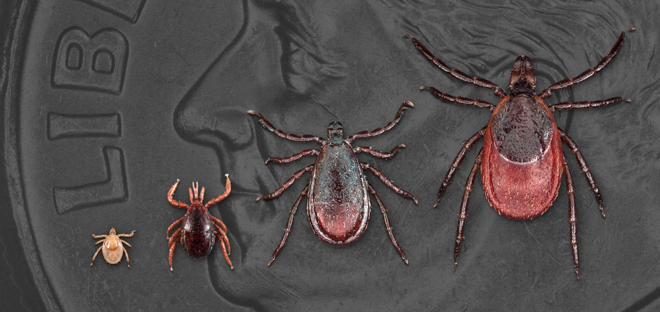The public is encouraged to participate in a research study to measure community awareness of Lyme and tick-borne diseases. The study is being conducted by the CNY Lyme and Tick-Borne Disease Alliance and Research & Marketing Strategies, a Syracuse-area market research group.
“We have partnered with the CNY Lyme and Tick-Borne Disease Alliance to assist them with gathering community feedback regarding awareness and knowledge of Lyme and tick-borne diseases,” said Bonni Nelson, a researcher with RMS. “We are about to head into the summer months when tick activity increases significantly, so this research is very relevant to the community.”
People can take the short, on-line survey at RMSresults.com/TICK or call 315.303.0206 to speak with an experienced telephone interviewer, who will review the survey with them over the phone. The survey effort will be running from March through April. It is important the community engages around this issue to help minimize the transmission of disease.
It is very important to understand current awareness levels so that the CNY Lyme and Tick-Borne Disease Alliance can build an effective plan to help educate the community of the dangers related to the Lyme and other tick-borne diseases. Central New York continues to be a fertile region, with increasing prevalence of Lyme and other tick-borne diseases.
Ticks harbor and transmit various pathogens, including viruses and bacteria, to humans and animals. Lyme disease is a bacterial disease transmitted through the saliva of an infected blacklegged tick. Early signs of Lyme disease may include rash, fever, muscle aches, headaches and fatigue. As the disease progresses, multiple systems can be involved and patients can suffer chronic pain, neurological impairments and other severe symptoms.
Common habitats for ticks are wooded areas, trails, grassy areas along wooded edges, tall grass, leaf litter, brush and low bushes and shrubs. Ticks can also be found in parks, backyards and cut grass. Exposure to tick-borne illness can happen any time of year, but risk is highest in spring and summer.
If you find a tick attached, use tweezers to grasp the tick as close to the skin as possible, then perpendicularly pull away from the skin and wash the area with soap and apply topical antiseptic.
The State Department of Health has posted a video on how to remove a tick on YouTube at youtube.com/watch?v=oGrK4ZKUfhQ.
For more information on Lyme disease and tick-borne illness in Madison County, visit Madison County Lyme Disease.
